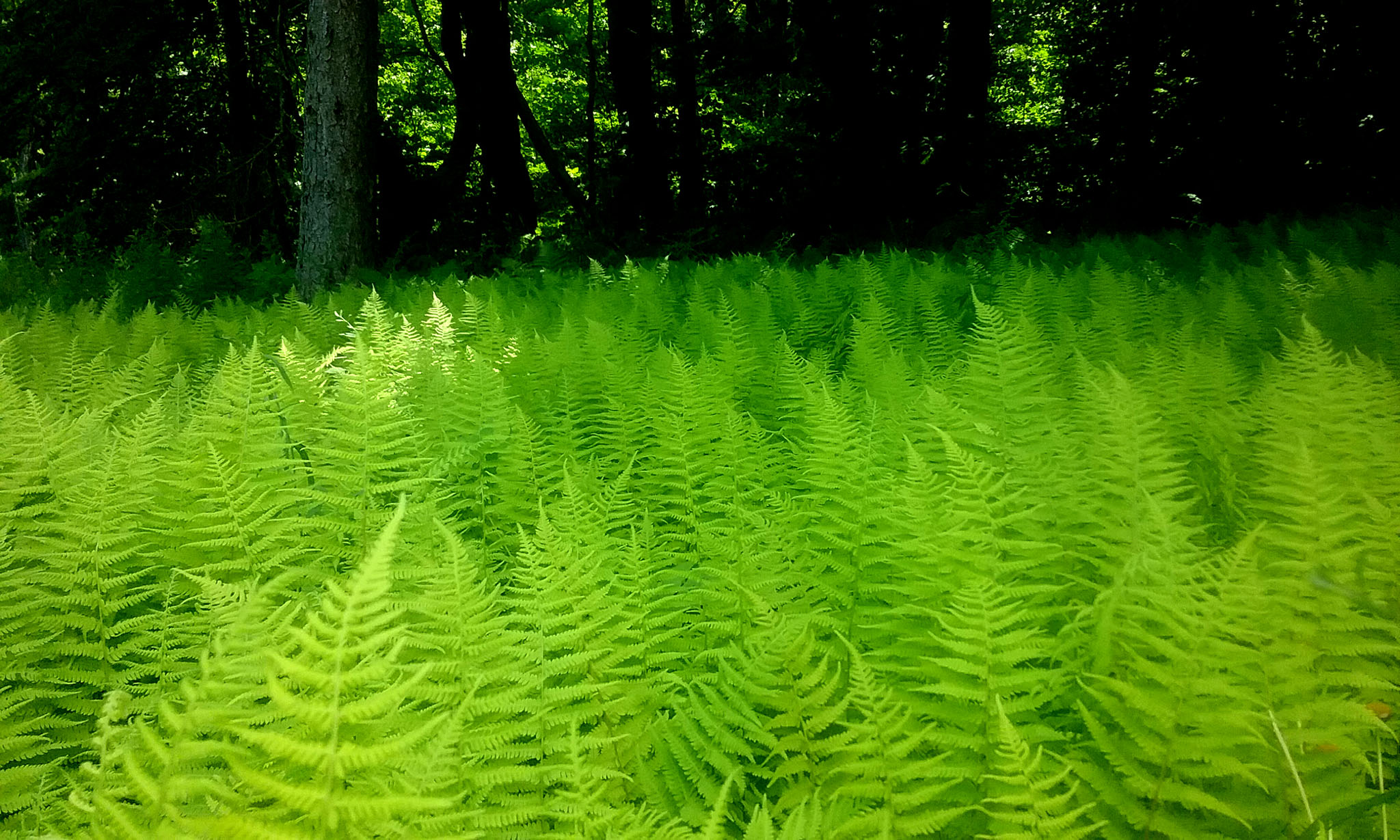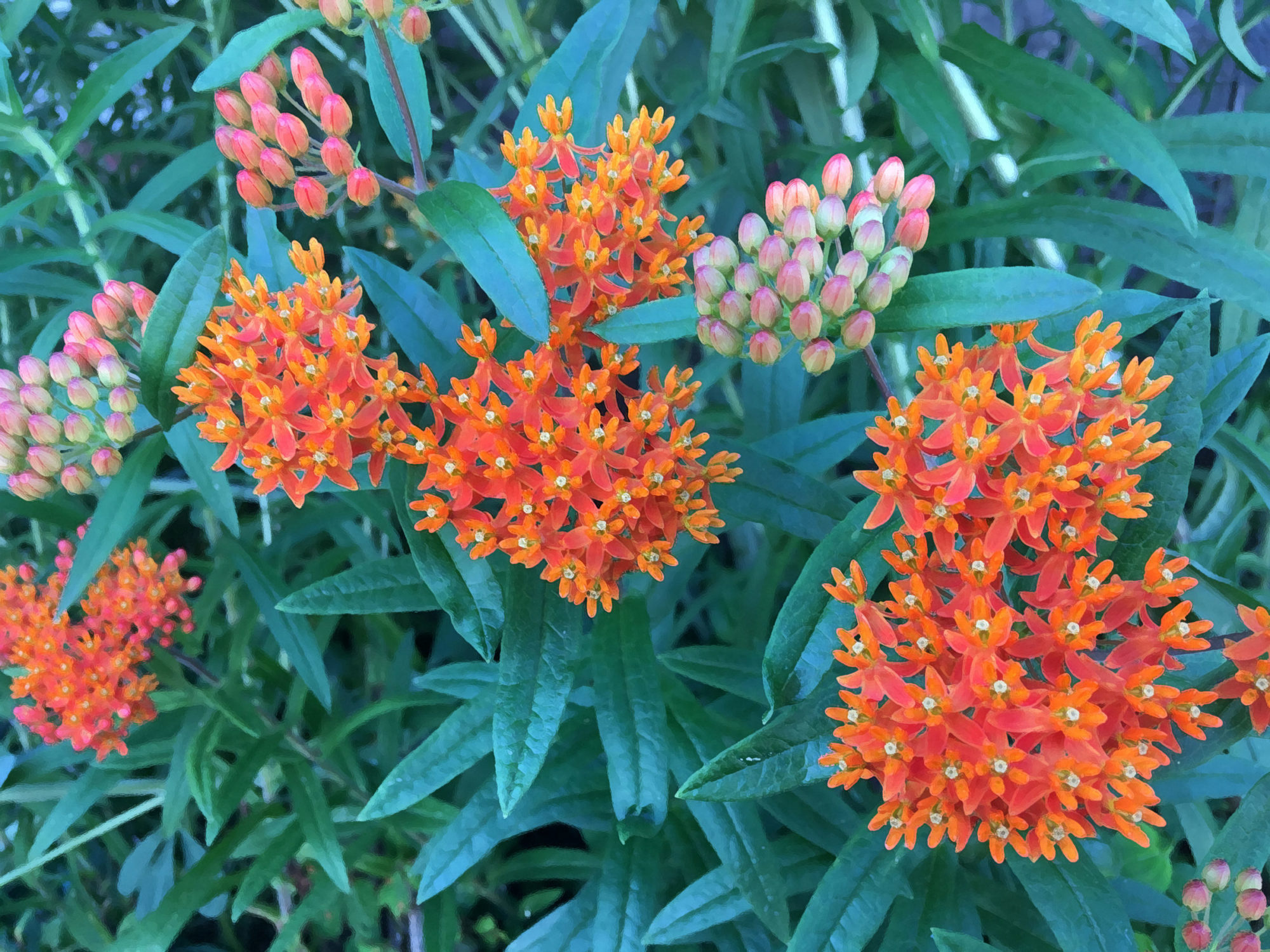
It’s Pollinator Week!
Supporting pollinators takes more than just planting flowers.
The landscape design world is buzzing with advice for supporting native pollinators. There have been significant efforts by conservation organizations to raise awareness around the importance of supporting our native invertebrates. The Xerces Society published a list of 58 native bee species that are in decline or vulnerable, and recently documented declines in monarch butterfly populations have triggered petitions to add them to the endangered species act. For the home gardener, many nurseries and organizations like the New England Wild Flower Society publish a wealth of information about plants that support pollinators. In Western Massachusetts, you can even join other enthusiasts and register your pollinator garden with a local initiative to map pollinator habitat.
At Regenerative Design Group, we incorporate pollinator habitat plants into all of our designs. We have installed pollinator meadows on family farms, designed urban pollinator strips, and incorporated pollinator-friendly species into campus master plans, healing gardens, urban farms, and residential yards. Many of the species in these designs are attractive, native flowering plants, trees, and clumping grasses. It is easy to love a colorful flower garden, and installing a “pollinator” specific flower garden is an asset for educational institutions and public spaces that want to play an active role in community engagement. However, to truly support the life cycles of these very important insects, there are more actions we need to take than just planting beautiful flowers like Echinacea purpurea and Monarda fistulosa. Here are five things that every homeowner or landscaping crew should do after planting a pollinator garden.
1. Mow less, and less often.
Reducing the amount of lawn opens up more space for a larger variety of plants, increasing the biodiversity of the site and reducing the amount of fossil fuels burned in lawnmowers. However, lawns provide valuable social spaces for people and their pets, and it is not desirable to eliminate them from every residence or public space. This study that we recently shared shows that minor adjustments to HOW we mow can turn a lawn into valuable pollinator habitat. Mowing no more often than every two weeks allows small flowering species in lawns to bloom, increasing pollinator presence by 250%. Mowing other areas only once or twice a season invites an even broader variety of meadow species to establish.
2. Provide safe overwintering places.
Native bees and butterflies require a diversity of overwintering habitats. Ground bees burrow into the ground, whereas some butterflies like the Eastern Tiger Swallowtail (Papilio glaucus) might spend the winter in chrysalis form. Native grasses like Little Bluestem (Schizachyrium scoparium) provide food for butterfly larva in the spring and overwintering habitat for ground bees in the winter – but only if the grasses are left intact until the early spring! Some principles for good winter garden maintenance include lightly mulching with ground leaves instead of bark mulch in the fall (bees cannot burrow their way out of heavy bark mulch), and pruning back dead grasses and perennials in the early spring instead of the fall.
3. Eliminate pesticide use.
All pesticides have the potential to kill unintended beneficial insects, and some pesticides, like neonicotinoids, are absorbed by nearby plants and can then poison pollinators through nectar and pollen. Ask nurseries if they can certify that their plants are neonicotinoid free, and use organic pest management systems like buying beneficial insects for your garden instead of spraying.
4. Don’t panic when you find holes in leaves: caterpillars become butterflies!
When you notice leaves missing on plants like Asclepias tuberosa or Baptisia australis, that might be a cause for celebration instead of distress. Many popular garden plants are hosts for butterfly larva, and signs of munching may indicate the presence of a beneficial pollinators in their adolescent caterpillar form. Send photographs of the damage and any larva or insects to a local gardening club or university extension to help identify the muncher before deciding if it needs to be eradicated or not.
5. Boost food in the shoulder seasons.
The earliest and latest blooms of the season provide much-needed nectar for bees that are just emerging from hibernation, or stocking up on calories to get them through a long winter. Making the space for a few “shoulder season” plants like late blooming asters or early spring violets can make a difference for the survival of some species.
For more information about Pollinator Week and how you can get involved in supporting pollinator habitat, visit pollinator.org.
– Rachel Lindsay, Associate Landscape Designer



This Post Has 0 Comments